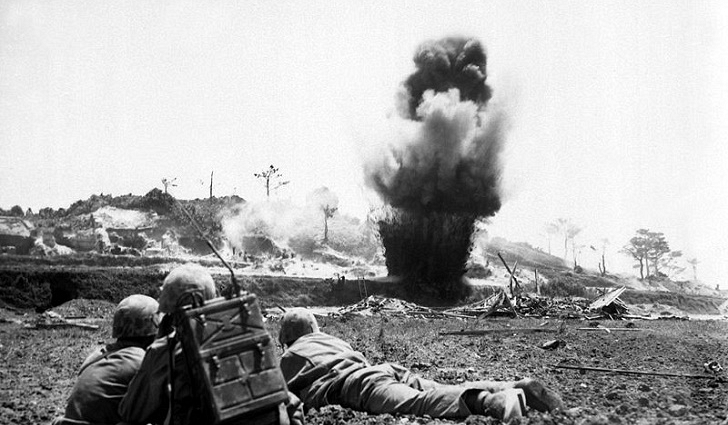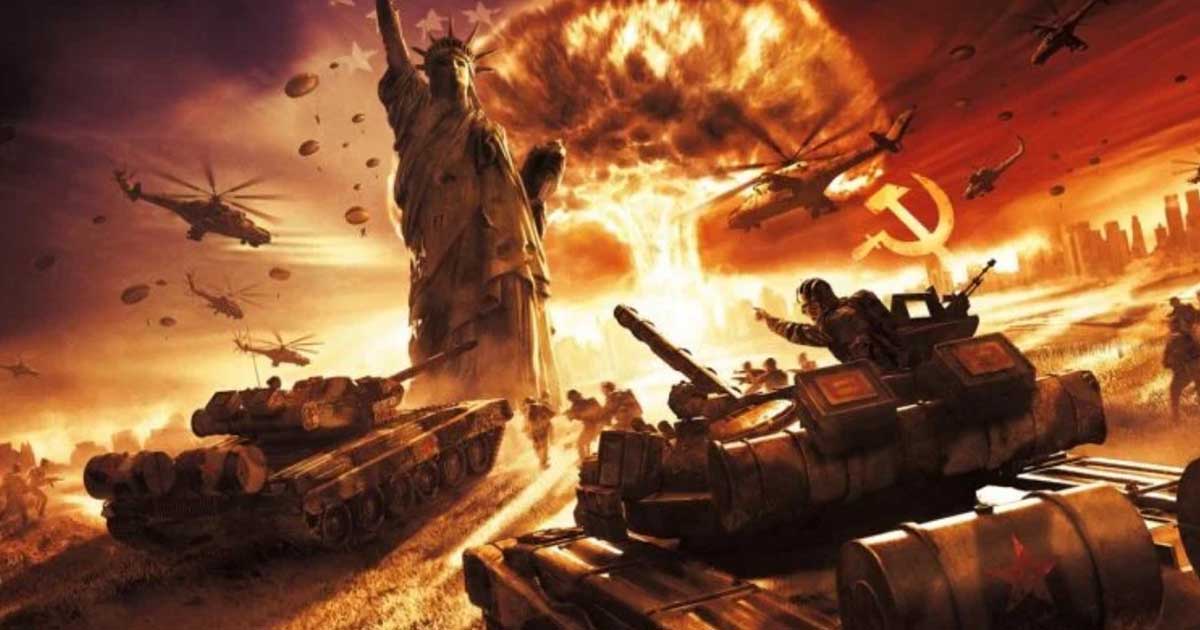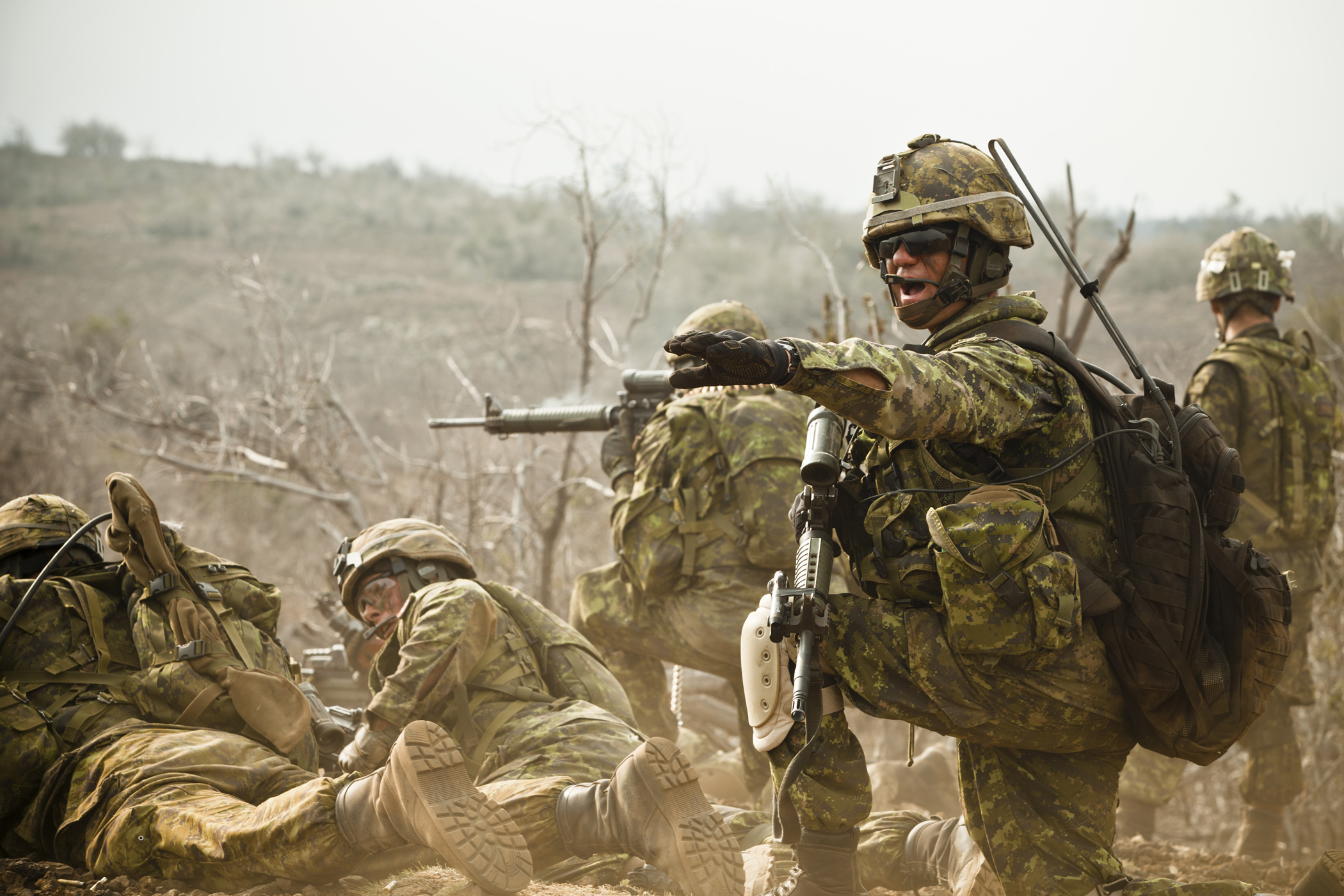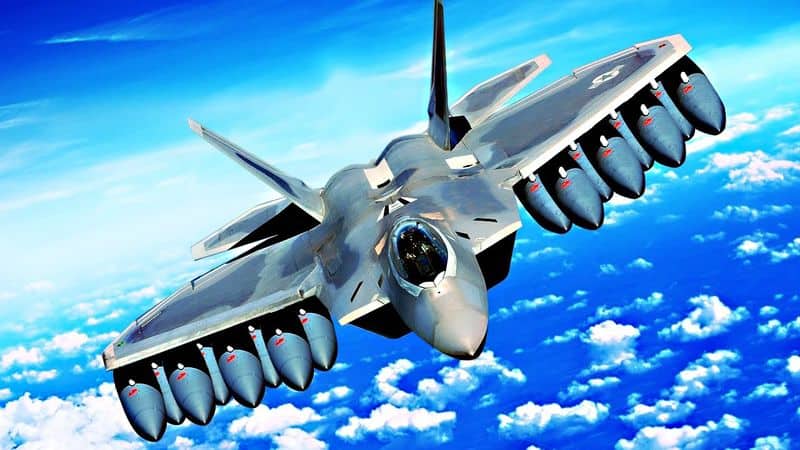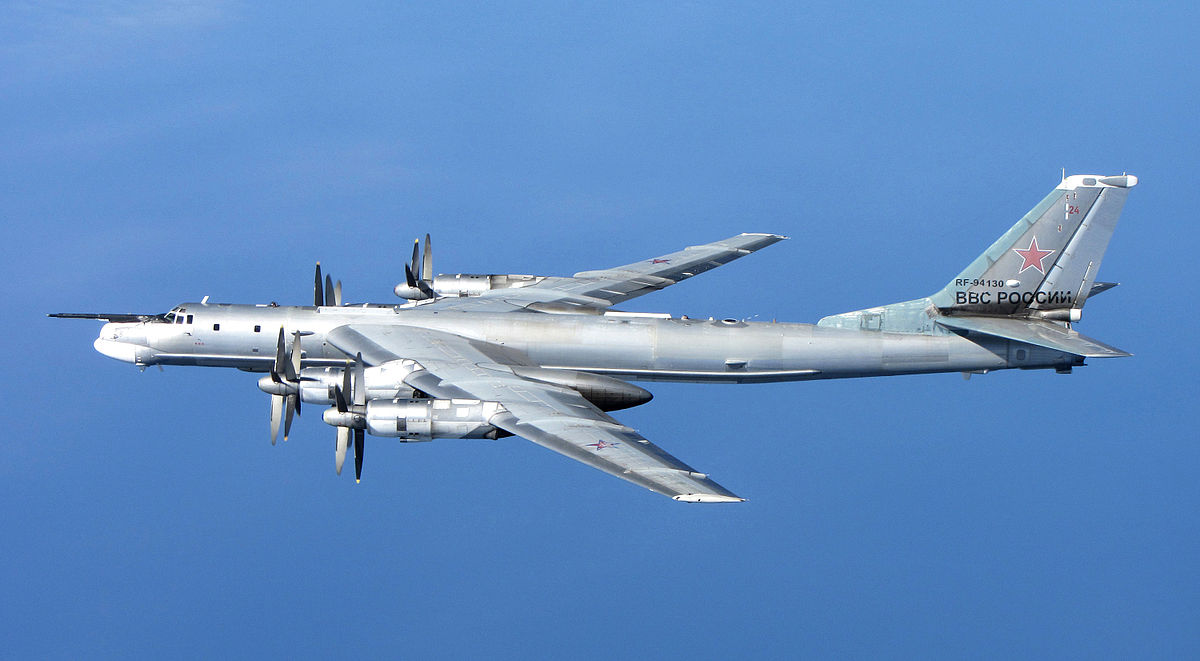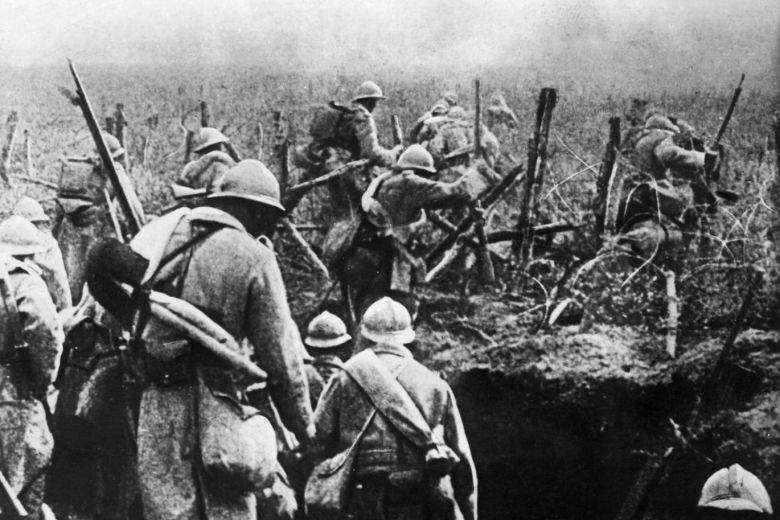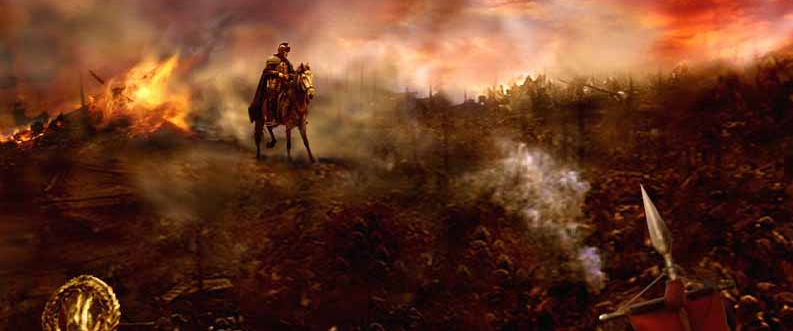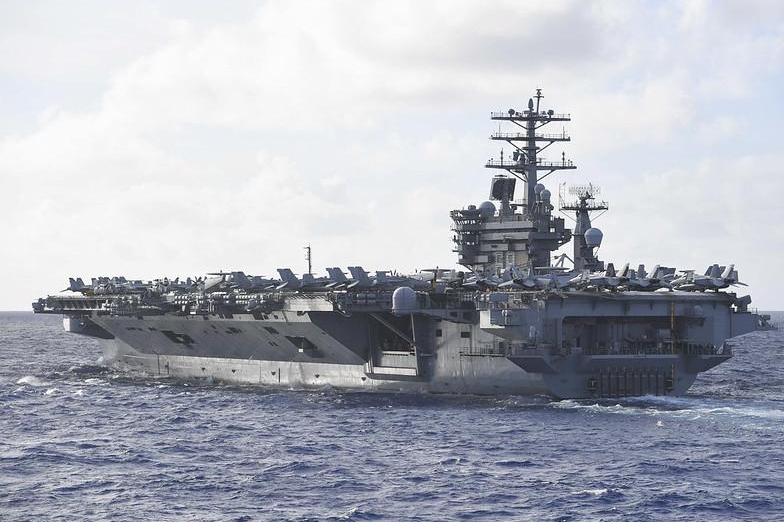As the United States enters an election year, prospects for global stability remain uncertain. President Trump’s foreign policy stood at odds with those of his predecessor, and will likely a central point of contestation in the election. At this point, several crises might emerge that would not only turn the election, but potentially bring about a wider global conflict. WORLD WAR 3 fears were ignited across the globe just a few days into 2020 and now they have been sparked again. But which five places around the globe are the most likely to be the starting point for WW3?
World War 3 concerns were triggered around the globe following the death of Iranian Major General Qassem Soleimani in a US airstrike in January. Now as a killer infection spreads across the globe and riots over police brutality have sparked across the world, leading to World War 3 concerns again. Given the tense relations between countries around the world, Express.co.uk has compiled a guide for the flashpoints where World War 3 is most likely to erupt in 2020.

Iran-Israel:
Iran and Israel are already waging low-intensity war across the Middle East. Iran supports anti-Israel proxies in Gaza, Lebanon, Syria, and elsewhere, while Israel feels comfortable in striking Iranian forces across the region. Israel has taken steps to quietly build a broad anti-Iran coalition at the diplomatic level, while Iran has invested deeply in cultivating ties with militias and other non-state actors.
It is hardly difficult to imagine scenarios that might bring on a wider, more intense war. If Iran determines to re-embark on its nuclear program, or decides to discipline Saudi Arabia more thoroughly, Israel might feel the temptation to engage in broader strikes, or in strikes directly against the Iranian homeland. Such a conflict could easily have wider implications, threatening global oil supplies and potentially tempting the United States or Russia to intervene.
Turkey:
Strains between Turkey and the United States have only grown over the past year. Tensions increased dramatically when the United States unexpectedly gave Turkey a green light to clear Syrian border areas of U.S.-supported Kurds, then immediately issued an about-face and threatened Ankara with sanctions. All the while, an arsenal of US nuclear weapons, by all accounts, remains at Incirlik Air Force base. Certain statements by President Erdogan suggested that he has immense aspirations for Turkey, aspirations which might include nuclear ambitions.
The state of the relationship between the U.S. and Turkey has decayed to the extent that some fear for the future of the NATO alliance. No one expects Erdogan to really go through with an attempted seizure of the weapons, and even if he did it’s unlikely Turkey could break the safeguards on the warheads in any kind of reasonable time. But Erdogan is not known to compartmentalize issues well, and it’s possible that linkages with other problems could push Washington and Ankara to the very edge. And of course, Russia hovers on the edge of the problem.

Kashmir:
Over the past decade, the gap in conventional power between India and Pakistan has only grown, even as Pakistan has tried to heal that gap with nuclear weapons. Despite (or perhaps because) of this, tensions between the rivals remained at a low simmer until steps taken by Prime Minister Narendra Modi to reduce the autonomy of Kashmir and to change citizenship policies within the rest of India. These steps have caused some unrest within India, and have highlighted the long-standing tensions between Delhi and Islamabad.
Further domestic disturbances within India could give Pakistan (or extremist groups within Pakistan) the idea that it has the opportunity, or perhaps even the responsibility, to intervene in some fashion. While this is unlikely to begin with conventional military action, it could consist of terrorist attacks internationally, in Kashmir, or internationally. If this happened, Modi might feel forced to respond in some fashion, leading to a ladder of escalation that could bring the two countries to the brink of a more serious conflict. Given China’s looming position and the growing relationship between Delhi and Washington, this kind of conflict could have remarkably disastrous international ripple effects.
Korean Peninsula:
A year ago, hope remained that negotiations between the United States and North Korea could succeed in permanently reducing tensions of the peninsula. Unfortunately, core problems in the domestic situations of both countries, along with a puzzling strategic conundrum, have prevented any agreement from taking hold. Tensions between the two countries now stand as high as at any time since 2017, and the impending U.S. election could imperil relations further.
The Trump administration continues to seem to hold out hope that a deal with North Korea could improve its electoral prospects in November. But North Korea has no interest in the terms Trump is offering, and has become increasingly emphatic about making its disinterest clear. Recently, North Korea promised a “Christmas present” that many in the United States worried would be a nuclear or ballistic missile test. It turned out to be nothing of the sort, but if North Korea decides to undertake an ICBM or (worse) nuclear test, the Trump administration might feel the need to intervene forcefully. In particular, President Trump has a reputation for pursuing a deeply personalistic foreign policy style, and might feel betrayed by Supreme Leader Kim, producing an even more uncertain situation.

South China Sea:
U.S.-China relations stand at a precarious point. A trade deal between the two countries would seem to alleviate some tensions, but implementation remains in question. Economic difficulties in China have curtailed some of its naval construction program, just as a flattening of the defense budget in the United States has moderated shipbuilding ambitions. At the same time, China has worked assiduously to assure its relations with Russia, while the United States has sparked controversies with both South Korea and Japan, its two closest allies in the region.
Under such circumstances, it seems unlikely that either country would risk conflict. But President Trump has staked much of his Presidency on confrontation with China, and may feel tempted to escalate the situation in the coming year. For his part, President Xi faces the continuous prospect of turmoil at home, both in the Han heartland and in Xinjiang. Both sides, thus, have incentives for diplomatic and economic escalation, which always could lead to military confrontation in areas such as the South or East China Seas.
What Does the Future Hold for 2020?
The prospect of global conflagration in 2020 is low. Everyone awaits the result of the U.S. election, and a better understanding of the direction of US policy for the next four years. Still, every crisis proceeds by its own logic, and any of Pakistan, India, China, Israel, Iran, Turkey, or Russia might feel compelled by events to act. Focus on the election should not obscure the frictions between nations that could provide the spark for the next war.


